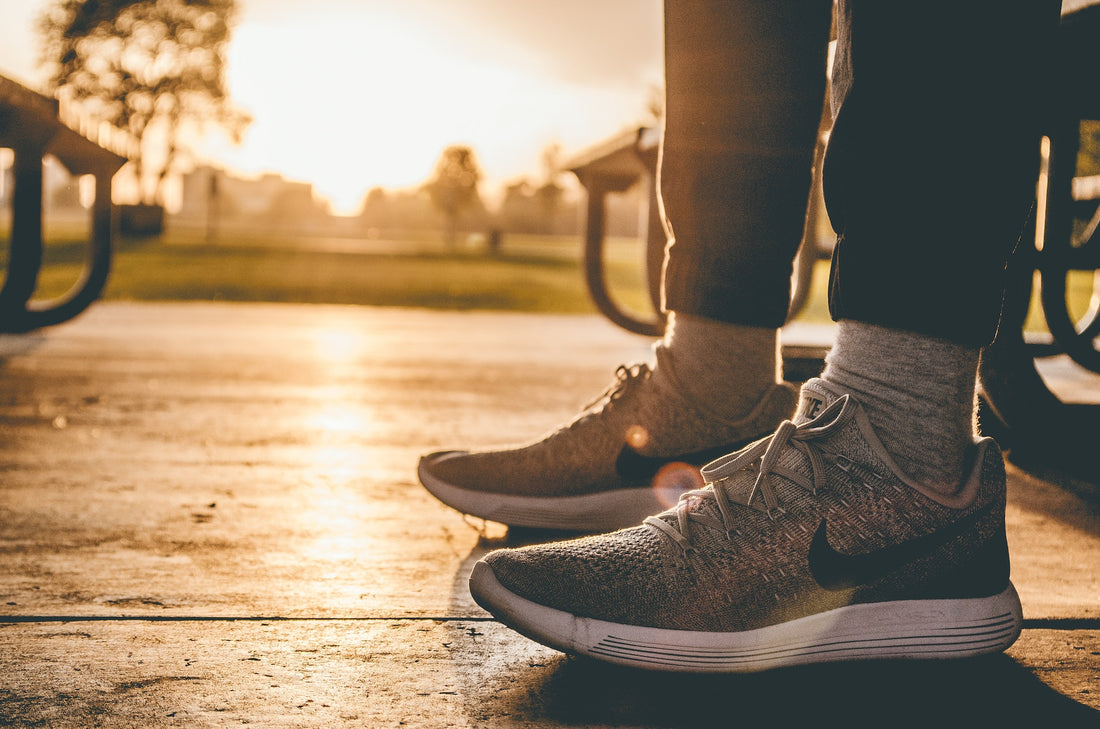
A Guide to Choosing the Right Running Shoe for Your Gait Type
Share
Running is a fantastic way to stay active, boost your cardiovascular fitness, and enjoy the great outdoors. But to ensure a comfortable and injury-free experience, it's essential to choose the right running shoes. Your gait type, or the way you naturally walk or run, plays a crucial role in determining the type of running shoe that's best for you. In this guide, we'll explore the different gait types and provide tips on how to choose the perfect running shoe to match your individual needs.
Understanding Your Gait Type:
Before you start shopping for running shoes, it's essential to identify your gait type. There are three primary types:
Overpronation: Overpronation occurs when your foot rolls excessively inward as you land. This gait type can lead to excessive stress on the inner side of your foot and lower leg.
Neutral Pronation: Neutral pronation is considered the ideal gait. When you have a neutral gait, your foot lands evenly, with the impact evenly distributed across your foot.
Underpronation (Supination): Underpronation, or supination, happens when your foot rolls outward as you land. This can lead to increased stress on the outer side of your foot and lower leg.
Choosing the Right Shoe for Your Gait Type:
Once you've determined your gait type, it's time to find a running shoe that offers the right level of support and cushioning. Here's how to choose the perfect shoe for your gait:
Overpronation:
-
Motion Control Shoes: If you overpronate, look for motion control shoes. These shoes provide maximum support to reduce inward rolling. They often have a firm, supportive midsole and a structured upper.
-
Stability Shoes: Stability shoes are another option for overpronators. They offer a balance of support and cushioning and are suitable for mild to moderate overpronation.
Neutral Pronation:
-
Cushioned Shoes: Neutral pronators have the most flexibility when it comes to shoe selection. Cushioned shoes provide a comfortable amount of support and are ideal for those with neutral gait.
-
Lightweight Trainers: If you're looking for speed and versatility, lightweight trainers can be a great choice for neutral pronators.
Underpronation (Supination):
-
Cushioned Shoes: Like neutral pronators, underpronators can benefit from cushioned shoes. These shoes provide extra shock absorption to counteract the impact on the outer edge of the foot.
-
Flexible Shoes: Look for shoes with flexible midsoles that allow your foot to move naturally. Avoid shoes with excessive stability features that can interfere with your supination.
Tips for a Proper Fit:
Regardless of your gait type, there are some universal tips for finding the right running shoe:
-
Visit a Specialty Running Store: Consider visiting a specialty running store where experts can analyze your gait and recommend suitable shoes.
-
Get Professionally Fitted: Have your foot measured and your gait analyzed by a trained professional. They can help you find the perfect shoe for your unique needs.
-
Try Before You Buy: Always try on running shoes and take them for a test run if possible. Pay attention to how they feel and whether they provide the support and comfort you need.
-
Consider Orthotics: If you have specific foot conditions or gait abnormalities, custom orthotics may be recommended to provide additional support and alignment.
Choosing the right running shoe for your gait type is essential for a comfortable and injury-free running experience. Remember that everyone's feet are unique, so what works for one person may not work for another. By understanding your gait and seeking expert advice, you can find the perfect running shoe that suits your individual needs, allowing you to enjoy the benefits of running to the fullest.
